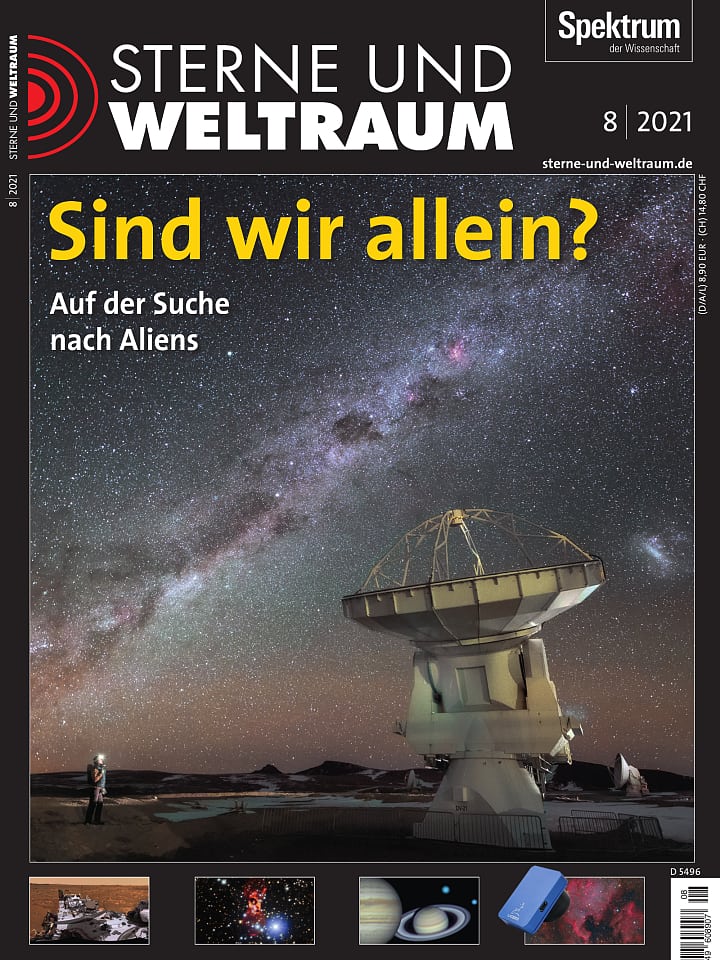The process of hydration is crucial in many industries, including pharmaceuticals, food, and agriculture. Understanding the kinetics and mechanisms of hydration processes is essential to optimize and develop efficient products. In this article, we focus on the hydration of two disaccharides, lactose and trehalose, and how neutron powder diffraction can help understand their bulk hydration kinetics.

Lactose, a natural sugar found in milk, is widely used as an excipient, a substance added to a drug to facilitate its administration. Trehalose, on the other hand, is a non-reducing sugar found in plants, fungi, and some bacteria, and is known for its ability to protect the cell membrane and proteins from desiccation and other environmental stresses. Both lactose and trehalose are extensively used in pharmaceuticals to stabilize proteins and drugs, prevent aggregation, and improve shelf-life.
To study the bulk hydration of lactose and trehalose, researchers used in situ neutron powder diffraction. Neutron powder diffraction is a powerful structural analysis technique that allows the determination of the arrangement and movement of atoms within a crystal lattice. When the crystal is exposed to water or other solvents, changes in the crystal structure occur, which are reflected in the diffraction pattern. By analyzing these changes, researchers can understand the kinetics of the hydration process.
In the case of lactose, two sizes of particles were used: microcrystalline lactose (Ls) and spray-dried lactose (LsSD). The researchers found that the hydration of LsSD was faster than that of Ls, suggesting that the particle size and surface area play an important role in the bulk hydration process. This observation is consistent with other studies, which have shown that smaller particles tend to have larger surface areas, which promote faster hydration.
In the case of trehalose, the researchers found that the hydration process followed a two-step mechanism, with an initial rapid hydration followed by a slower phase. This observation is consistent with the Avrami model, which describes the kinetics of crystal growth in terms of the nucleation and growth rates. The researchers also found that the hydration of trehalose was faster than that of lactose, which could be due to the structural differences between the two sugars.
In conclusion, the study of the bulk hydration kinetics of lactose and trehalose by neutron powder diffraction provides valuable insights into the properties and behavior of these sugars in various applications. The observation that particle size and surface area affect the hydration process of lactose highlights the importance of optimizing the particle size and formulation of lactose-based drugs. The finding that trehalose follows a two-step mechanism of hydration suggests that trehalose-based formulations could be engineered to control the rate and extent of hydration, which could be useful in drug delivery and food preservation applications. Overall, the use of neutron powder diffraction to study the kinetics of bulk hydration is a promising approach for developing and improving a wide range of products.